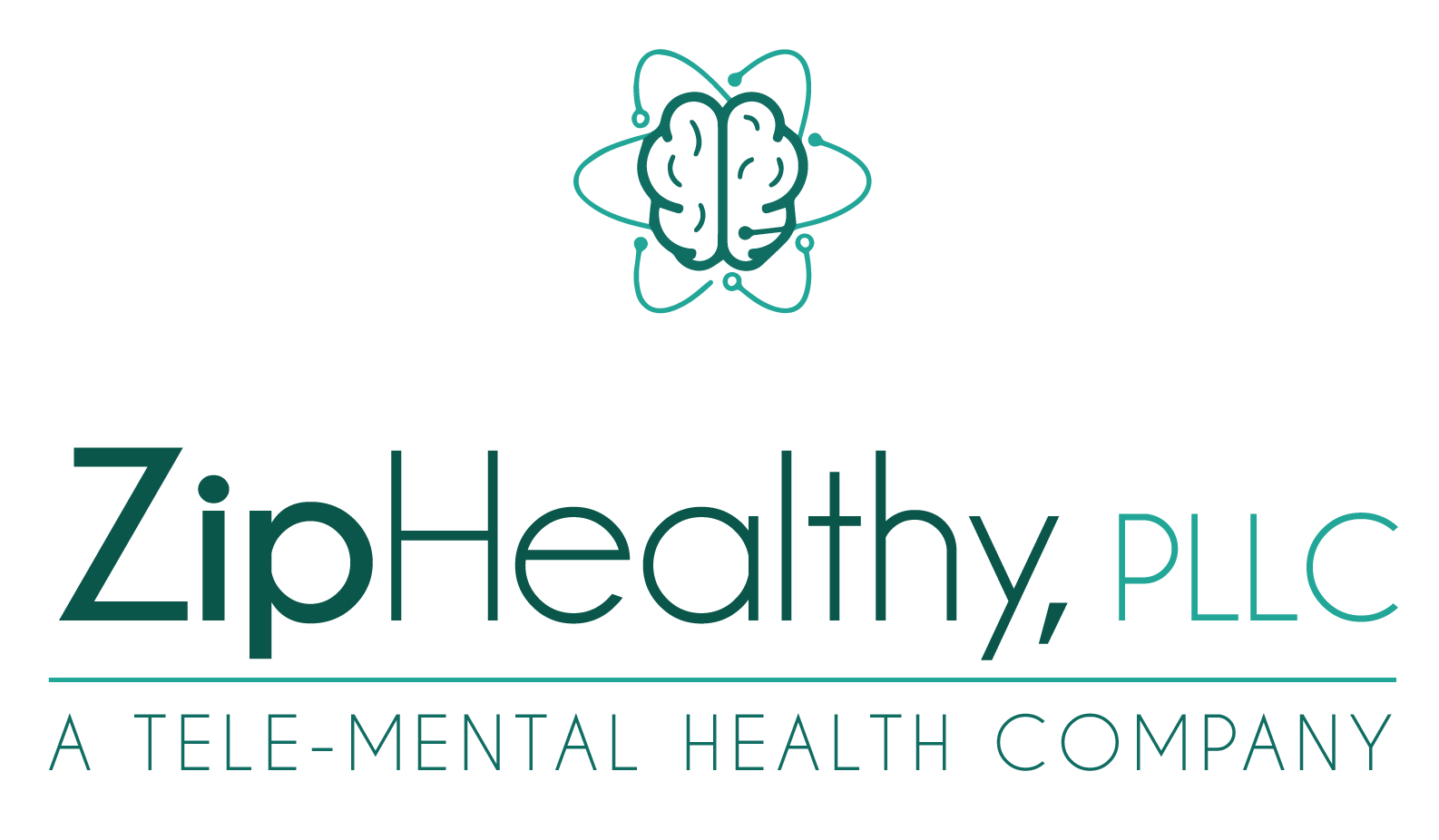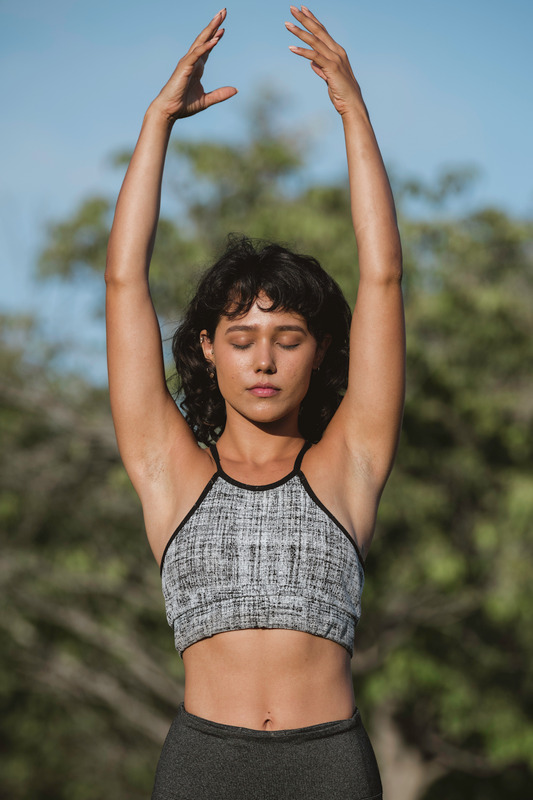At ZipHealthy, we are committed to serving our patients. In line with our vision, mission, and goals, we believe everyone should be able to access confidential, evidence-based, affordable, mental healthcare. We couldn't be happier than serving our clients out of our Northwest Arkansas (NWA) locale.
*Medical Caution*
Relaxation techniques result in changes in physiological processes. For example, the relaxation response is a hypometabolic state of lowered blood pressure, heart rate, muscle tension, and serum cholesterol, with other physiological parameters being affected. Those of you using medication that is designed to affect, or that incidentally affects, a physiological parameter might be altering that parameter too much if you engage in relaxation techniques. For example, a person with high blood pressure which is taking medication to lower the blood pressure might reduce it too much if relaxation training is added to the medication. It is because of these changes in physiological processes that people who are thinking of beginning relaxation training and are under medical care or taking medication are advised to get permission of the medical specialist supervising their care before practicing relaxation skills. In particular, those with heart conditions, epilepsy, hypertension, diabetes, and psychological problems should obtain medical permission to begin the relaxation training.
How to Meditate
Learning to meditate in a relatively quiet, comfortable environment is best. However, once you've meditated a couple of times, you'll be able to do it almost anywhere. I've meditated in the breakroom, in my car, in my office, and on the beach, among many places. While I preferred the beach, the other sites sufficed.
After you discover a somewhat quiet place to learn meditation, find a comfortable place to sit. Due to sleep being a different physiological state than meditation, you will not get the benefits of meditation if you fall asleep. To help prevent yourself from falling asleep, use a straight-backed chair. This type of chair encourages you to align your spine. It requires only a minimum of muscular contraction to keep you erect (though not stiff). If you can find a chair that will support your upper back and head, all the better.
Sit in your chair with your buttocks pushed against its back, feet slightly forward of your knees, and your hands resting either on the arms of the chair or in your lap.
Let your muscles relax as best you can. Don't try to relax. Trying is work, not relaxation. Just assume a passive attitude in which you focus upon your breathing. Allow whatever happens to happen. If you feel relaxed, elegant, if not, accept that, too.
Next, close your eyes and repeat in your mind the word "one" every time you inhale and the name "two" every time you exhale. Do not consciously alter or control your breathing; breath regularly. Continue to do this for 20 minutes. We recommend that you meditate twice a day for approximately 20 minutes each time.
Finally, when you stop meditating, give your body a chance to become readjusted to regular routines. Open your eyes gradually, first focusing on one object in the room, then focusing upon several objects. Take several deep breaths. Then stretch while seated and when you feel ready, stand, and stretch. If you rush to leave the meditation session, you are apt to feel tired or lose a sense of relaxation. Your blood pressure and heart rate decrease while meditating, thus rising from the chair too quickly might make you dizzy and is not recommended.
Although you should not experience any problems, if you feel uncomfortable or dizzy, or if you experience hallucinations or disturbing images, just open your eyes and stop meditating. These situations are rare, but occasionally do occur. Here are several more recommendations:
1. After waking up and before dinner tend to be good times to meditate. Do not meditate directly after a meal. After eating, the blood is pooled in the stomach area, participating in the digestive process. Since part of the relaxation response is increased blood flow to the arms and legs, pooled blood in the abdomen is not conducive to relaxation. It is for this reason that it is best to meditate before breakfast and before dinner.
2. The object of meditation is to bring about a hypometabolic state. Caffeine is a stimulant and is in coffee, tea, cola, and some other soft drinks. Because you want to relax and not stimulated, you should not ingest these substances before meditating. Likewise, you should avoid smoking cigarettes (which contain the stimulant nicotine) or using other stimulant drugs.
3. Often, people ask, "What do I do with my head?" Well, do whatever you want to do with it. Some people prefer to keep it directly above the neck, others rest it against a high-backed chair, and others let their chins drop onto their chests. If you choose the last position, you may experience some discomfort in your neck or shoulder muscles for several meditation sessions. This discomfort is because these muscles may not be flexible enough; for the same reason, some can't touch your toes without bending your knees. With stretching, these muscles will acquire greater flexibility and will not result in any discomfort when the head hangs forward.
4. I'm also asked, "How do I know when 20 minutes are up?" The answer is simple: look at your watch. If 20 minutes are up, stop meditating; if not, continue. Although you don't want to interrupt your meditation every couple of minutes to look at your watch, once or twice, when you think the time has expired will not affect your experience. An interesting observation is that, after a while, you develop a built-in alarm and will know when 20 minutes have elapsed.
5. Whatever you do, do not set an alarm clock to go off after 20 minutes. Your body will be in a hypometabolic state, and a loud sound may startle you too much. Similarly, disconnect the telephone or take the receiver off the hook, so it doesn't ring. If the phone goes off, you might go off.
6. You will not be able to focus on your breathing to the exclusion of other thoughts for very long. You will find yourself thinking of problems, anticipated experiences, and other sundry matters. These thoughts are healthy. However, when you do realize you are thinking and not focusing on your breathing, gently—without feeling as though you've done something wrong—go back to repeating the word "one" on each inhalation and the word "two" on each exhalation.
7. Stick to meditating for 20 minutes, and don't rush through. Don't breathe quickly, fidget too much, or open your eyes to look at your watch, tablet, or phone in the hope that 20 minutes have passed. During your meditation, don't plan your day(s) and flush out your concerns. You'd be better off solving your problems and meditating later. Once you commit yourself to time to meditate, relax, and benefit from it.
Please don't rush through meditation. Relax and enjoy it. Your concerns will be there to greet you later. Don't worry; they're not going anywhere. You won't lose them. The only thing you'll do, perhaps, is to perceive them as less distressing after meditating than before.
ZipHealthy offers affordable, confidential, and easily accessible care during hours that work for you. We're your connection to a healthier state of mind. Sign up today and start on your path to being your best!



